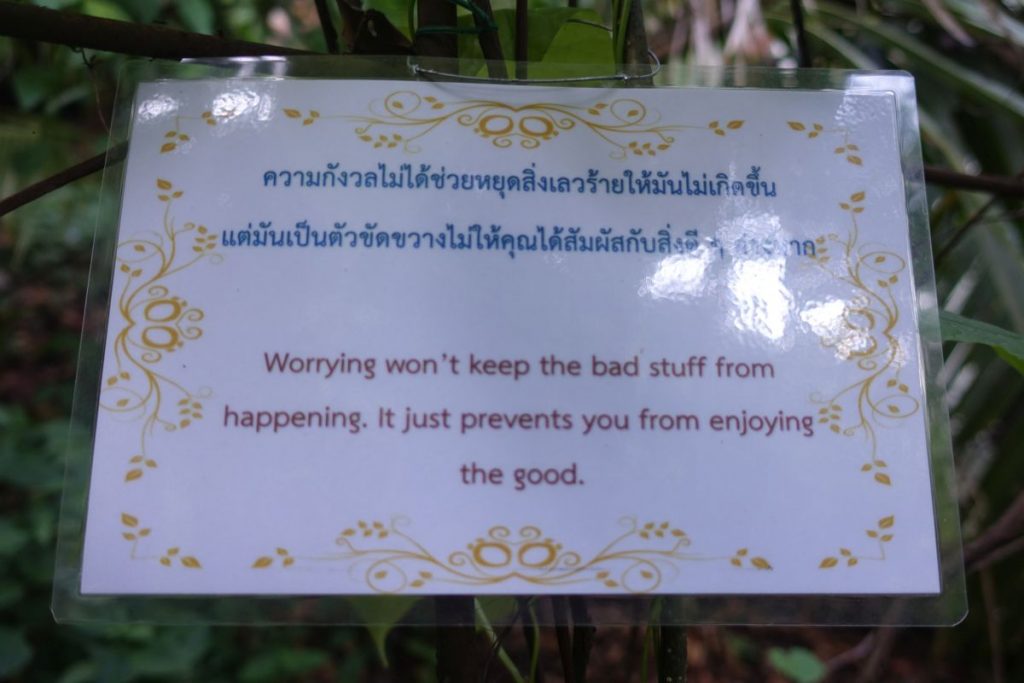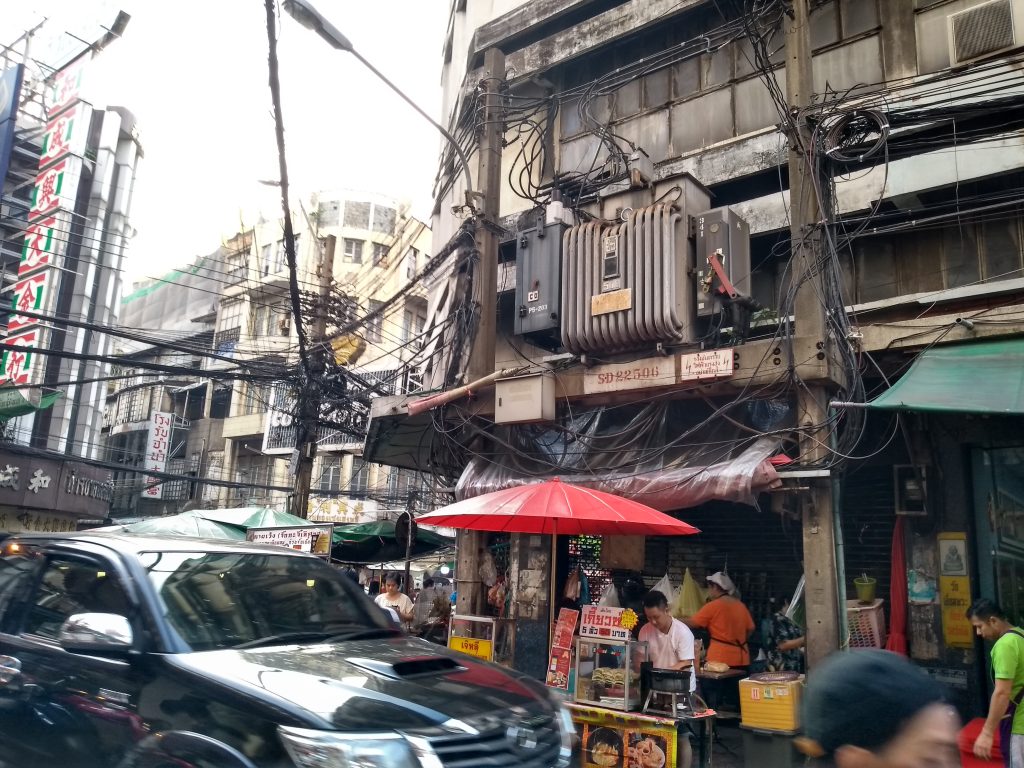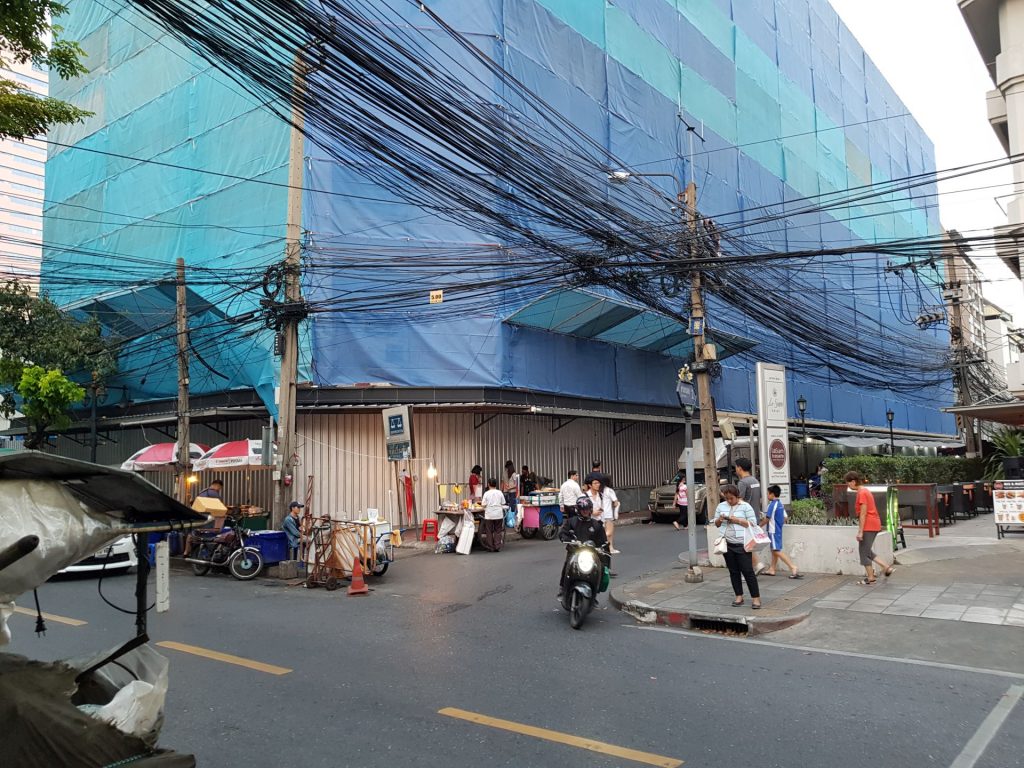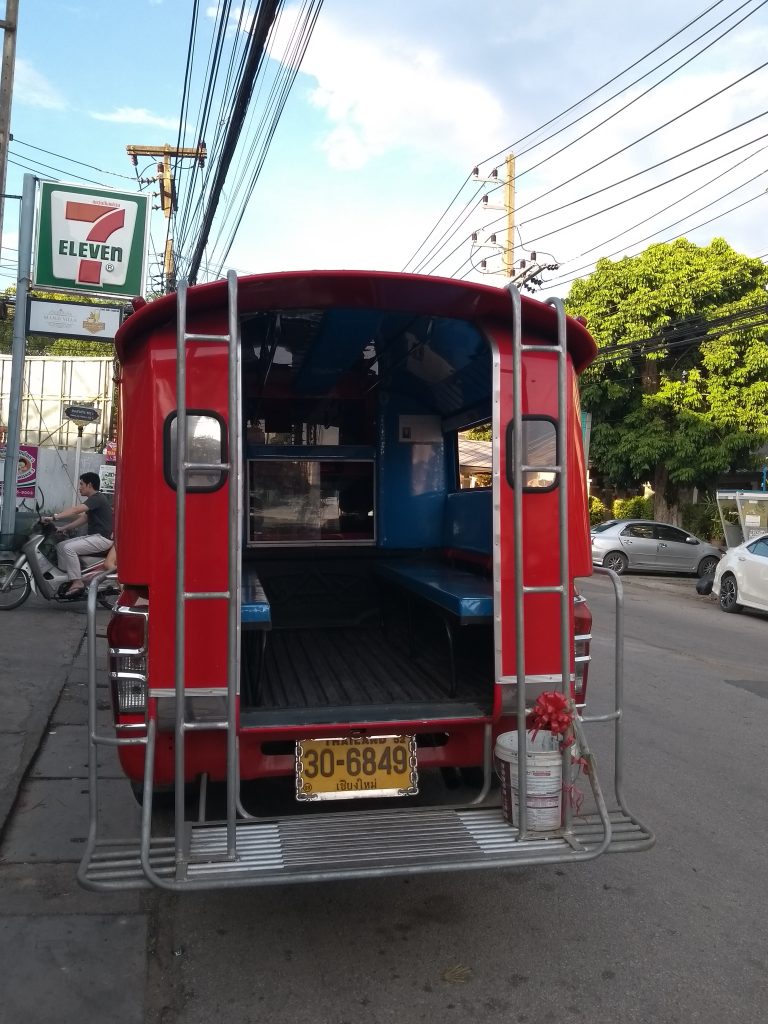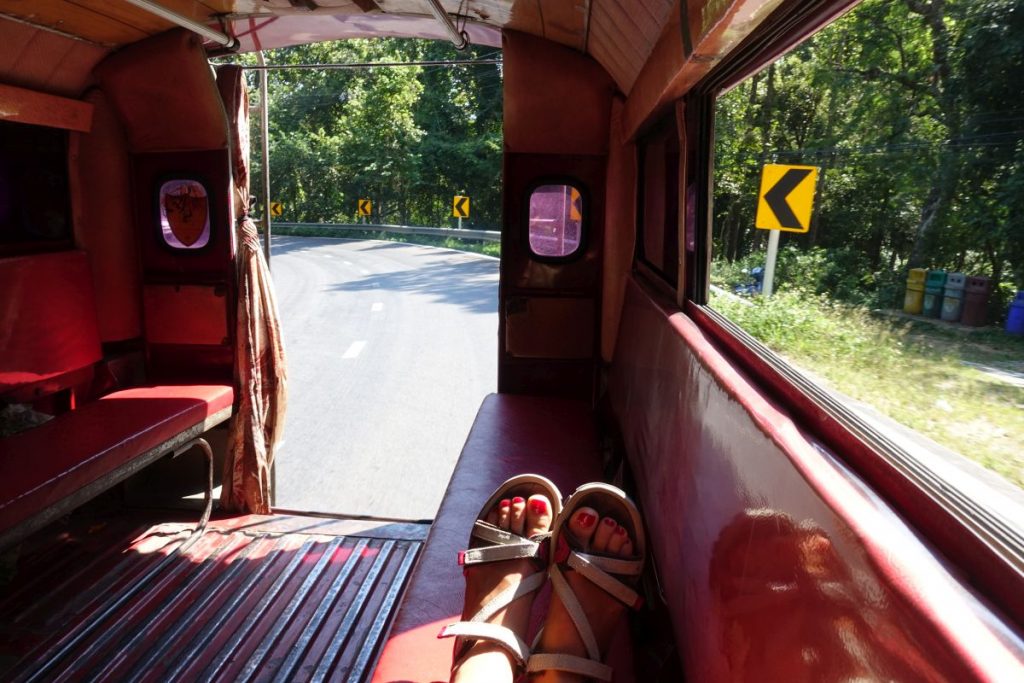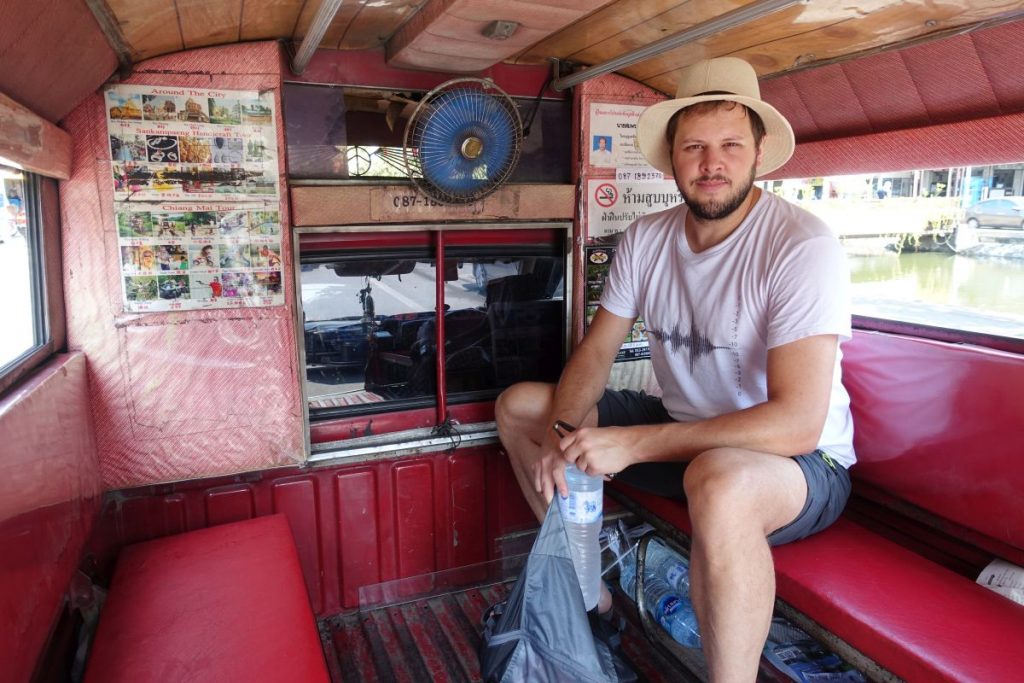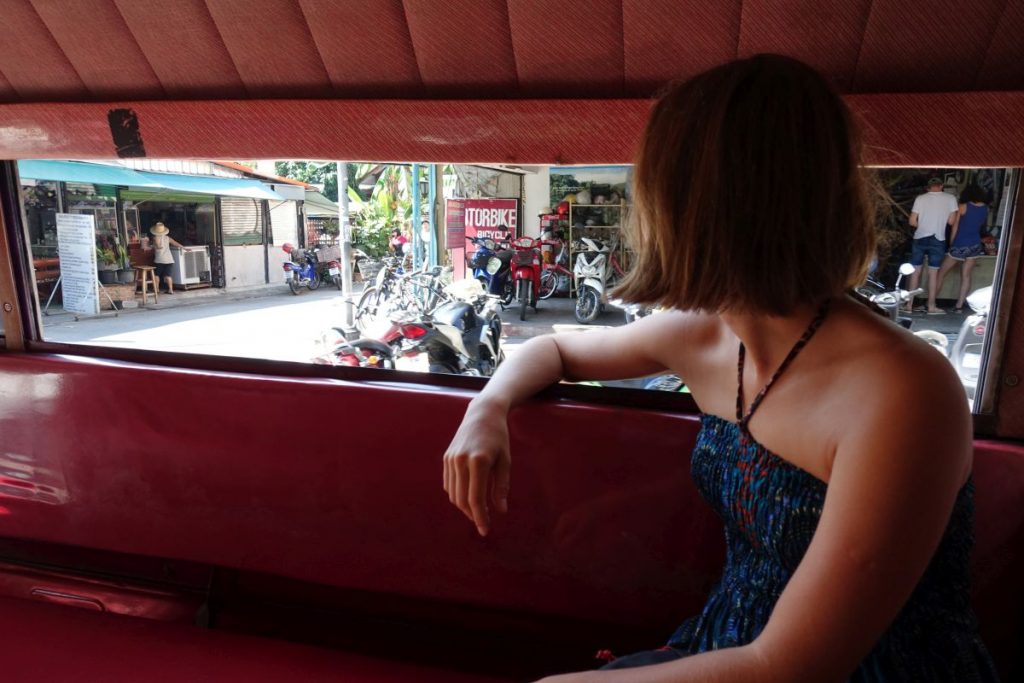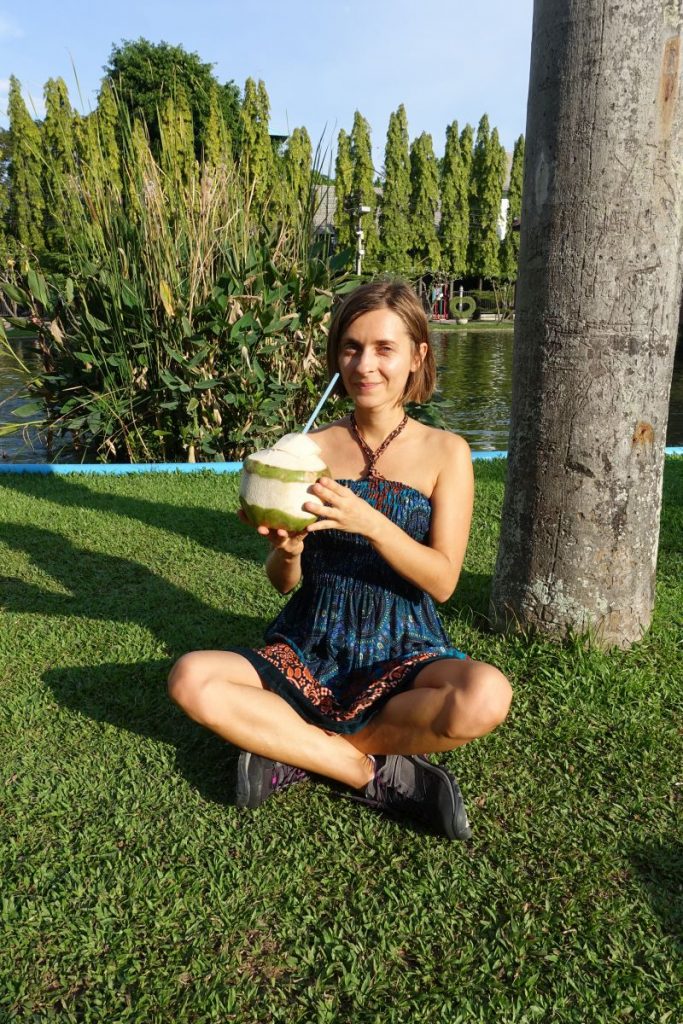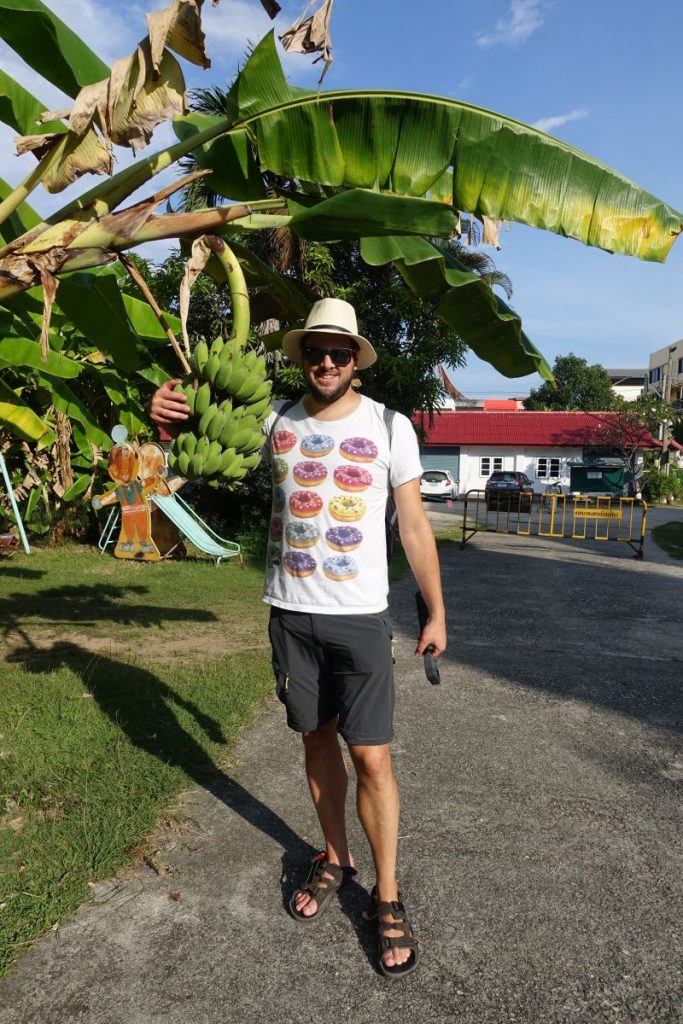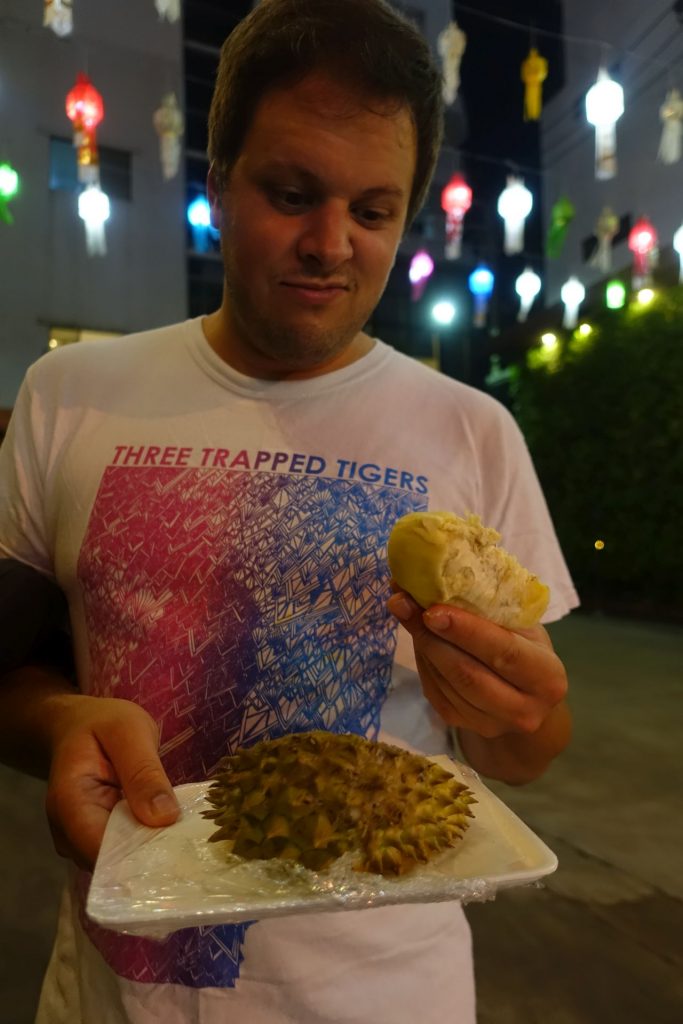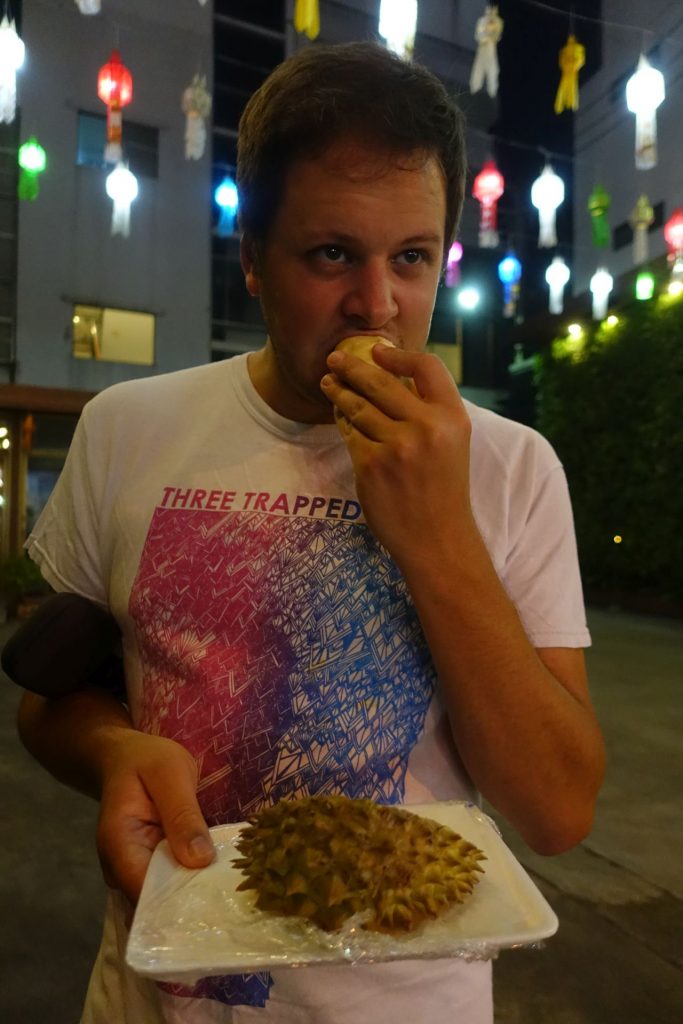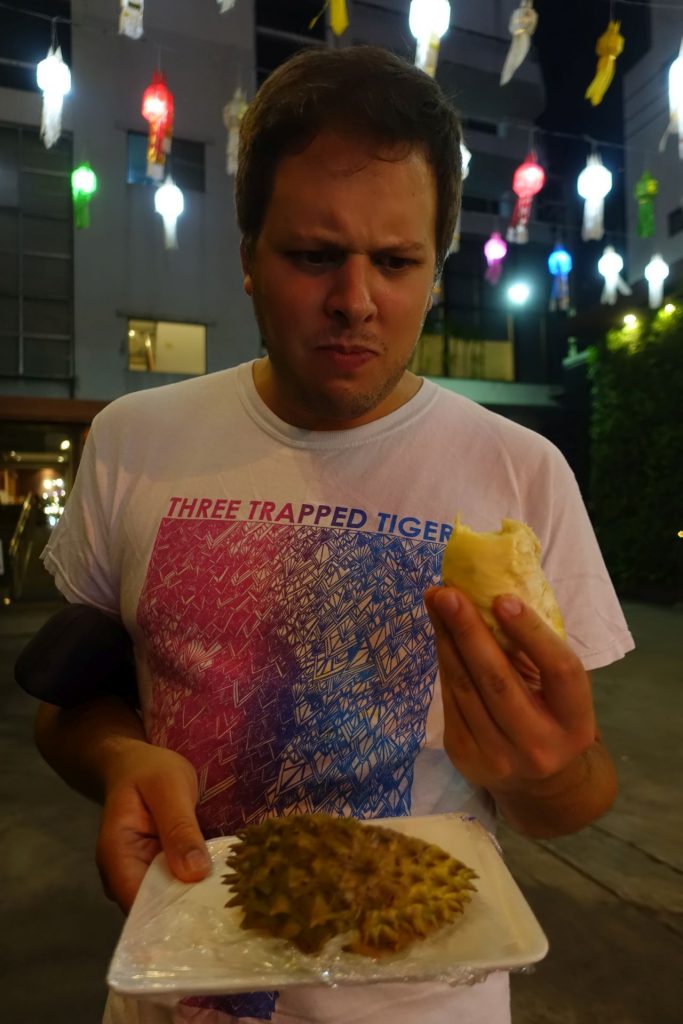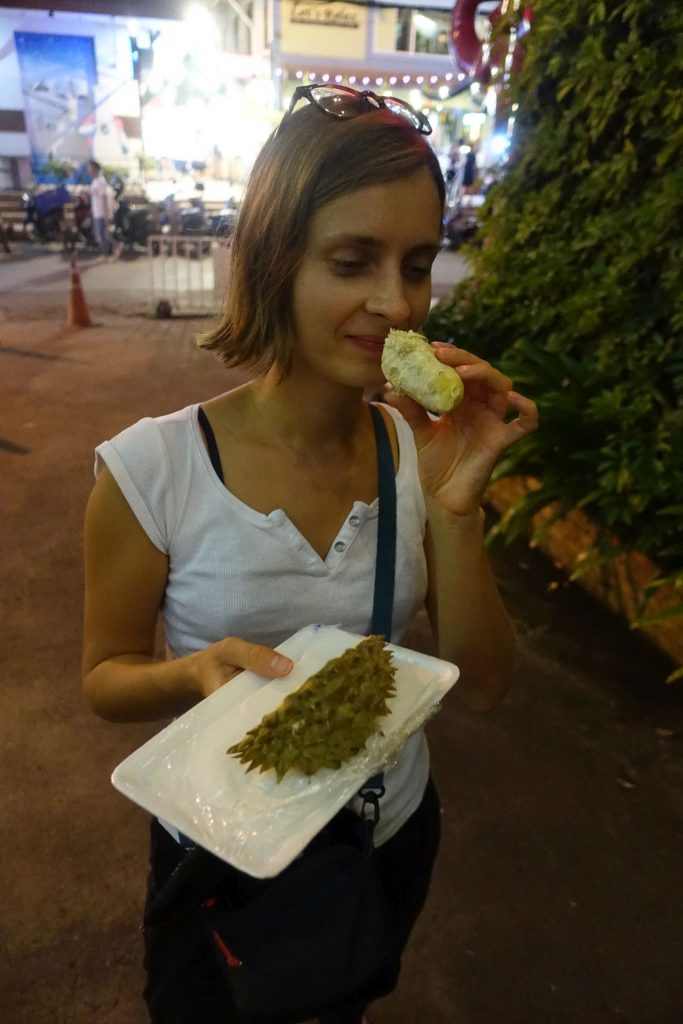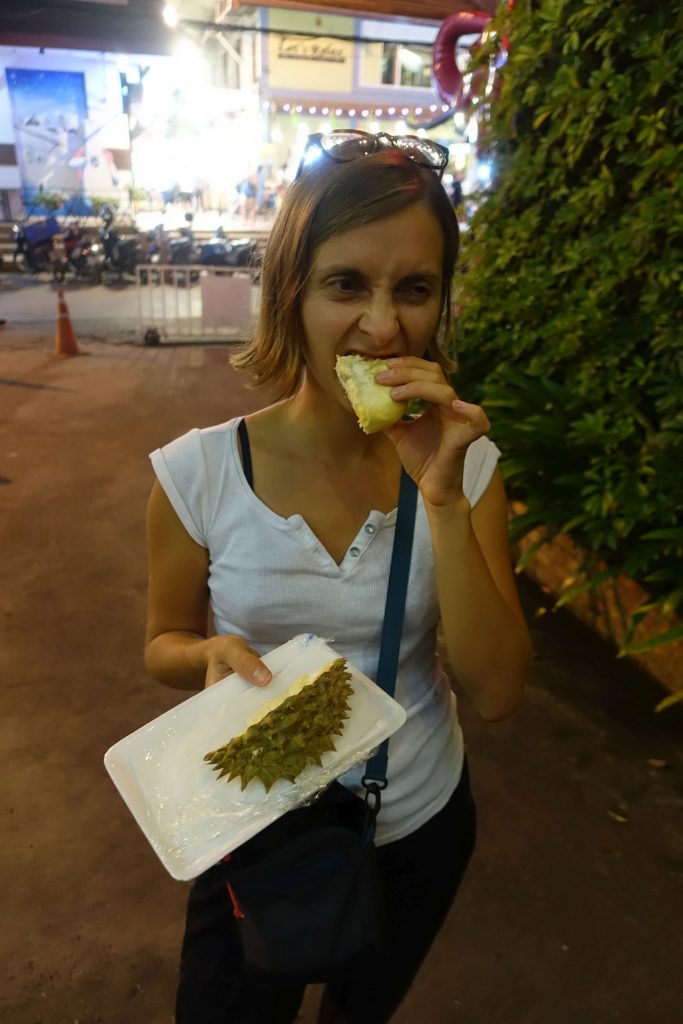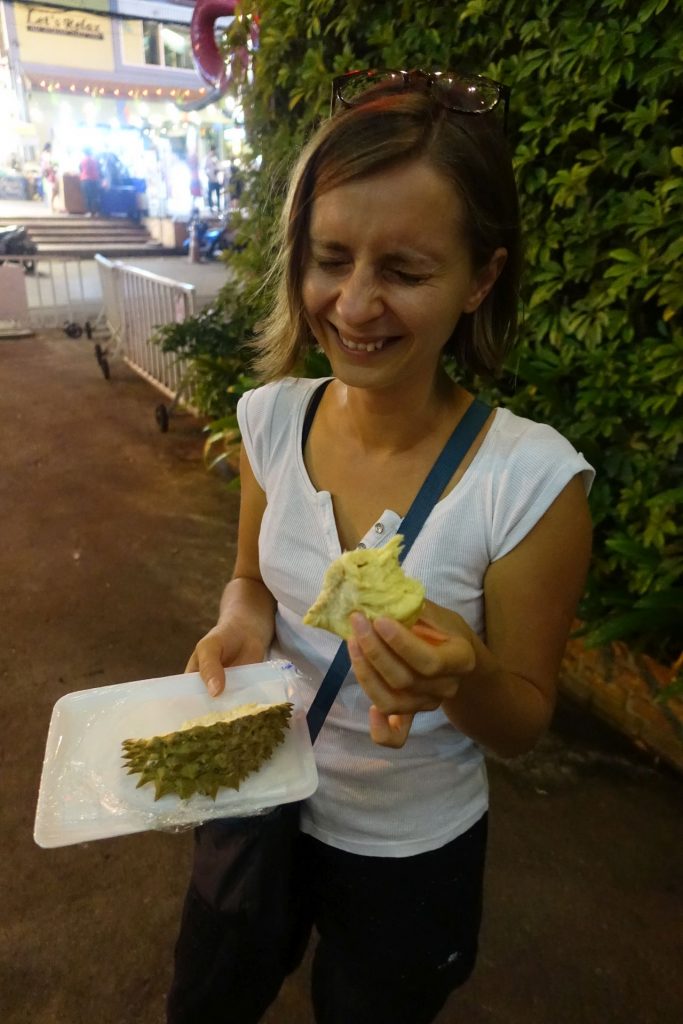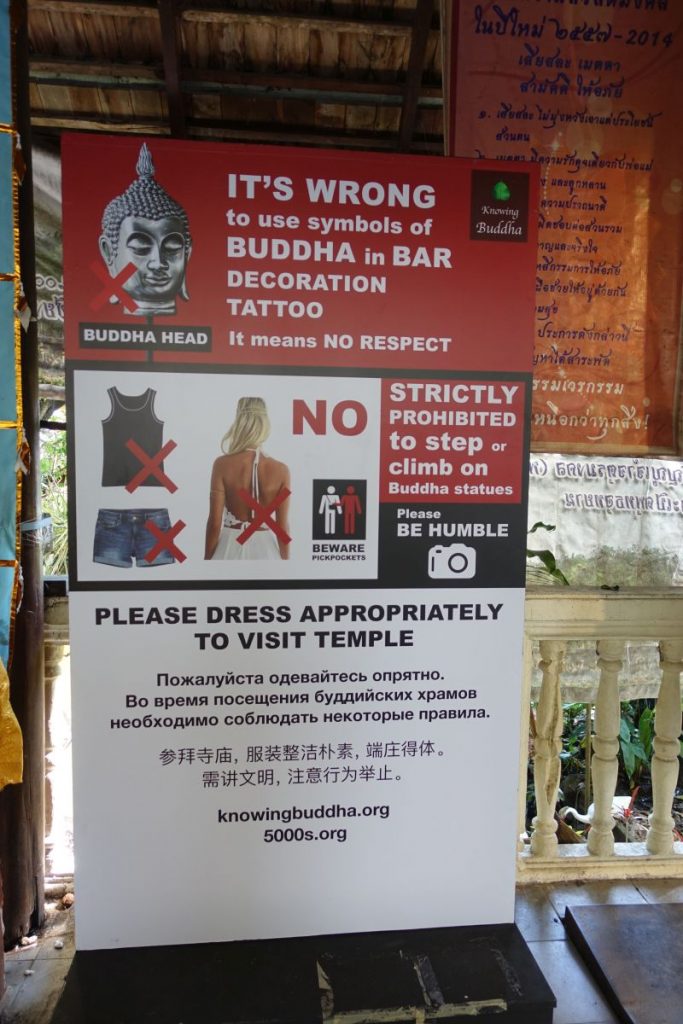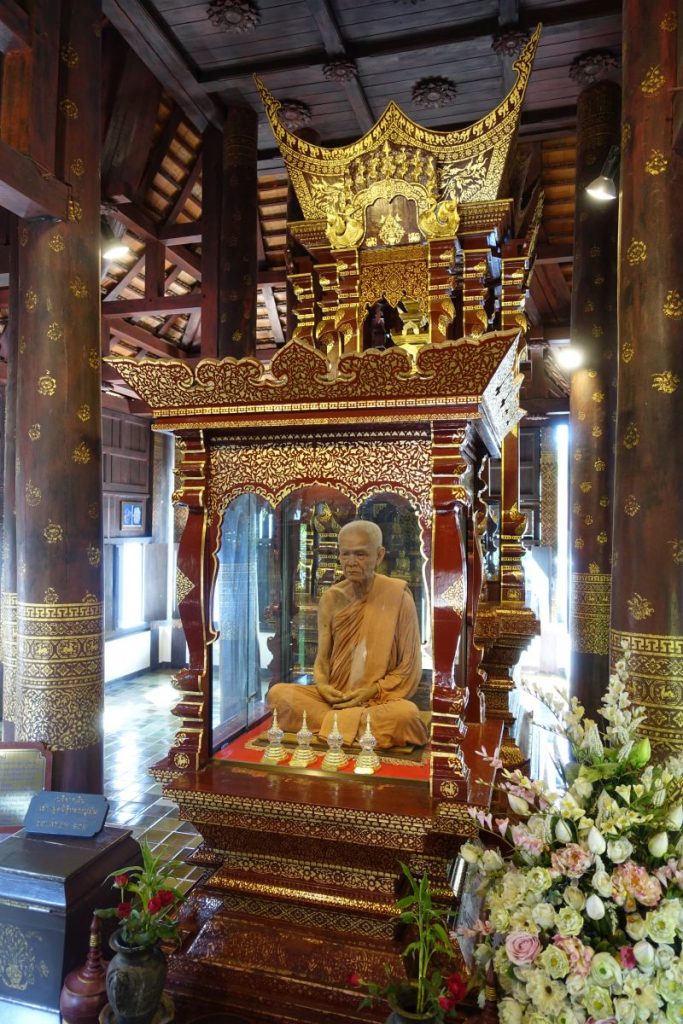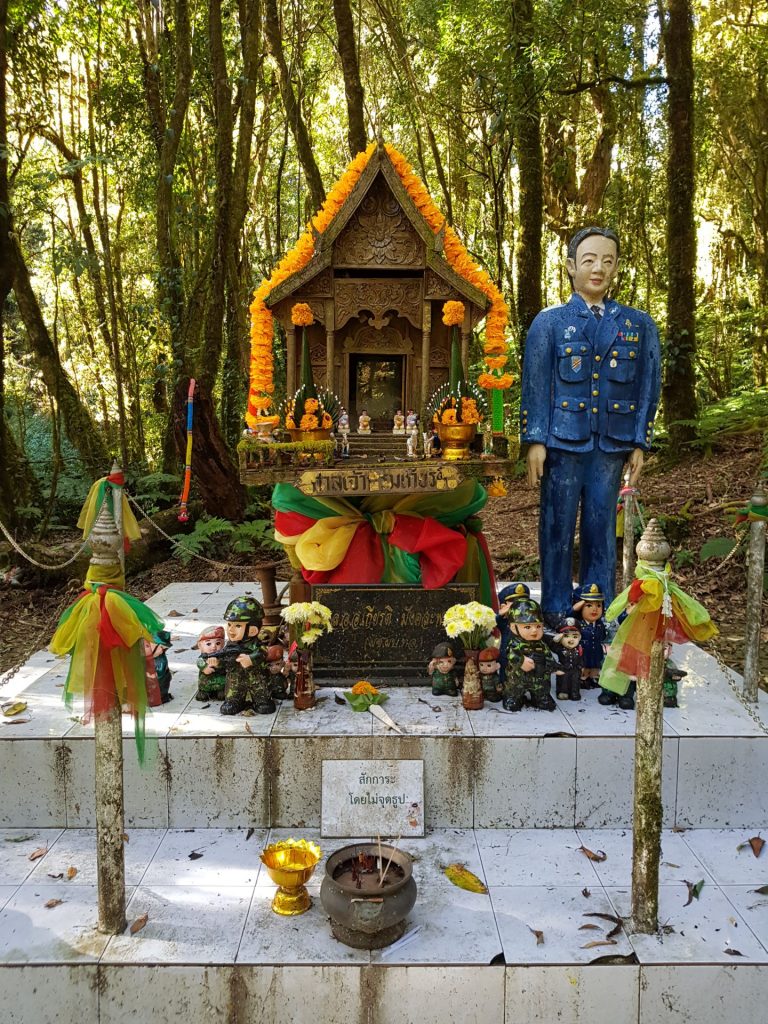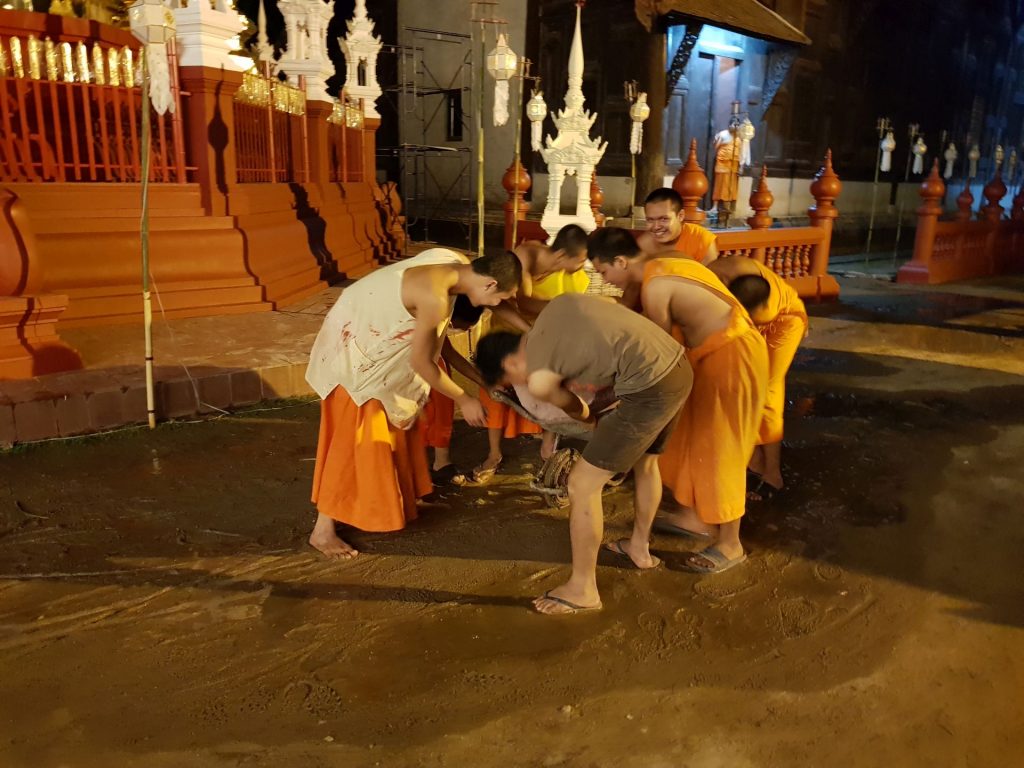What surprised us about Thailand?
Sawadee-ka! (Hello in Thai, for the correct pronunciation, check out the bird below)
Thailand, the country of smiles. Formerly known as Siam (Siamese cats, twins, etc…) Many of our friends have already visited this place, so we had too many recommendations to count.
This is one of the most touristic countries in the world, so for sure there are millions of articles about Thailand, but still we would like to share what took us by surprise.
When you travel to Thailand,you also travel in time, because people here live in the year 2561. So selecting a date on a website is sometimes a bit confusing (if the website is already available in English, that is…)
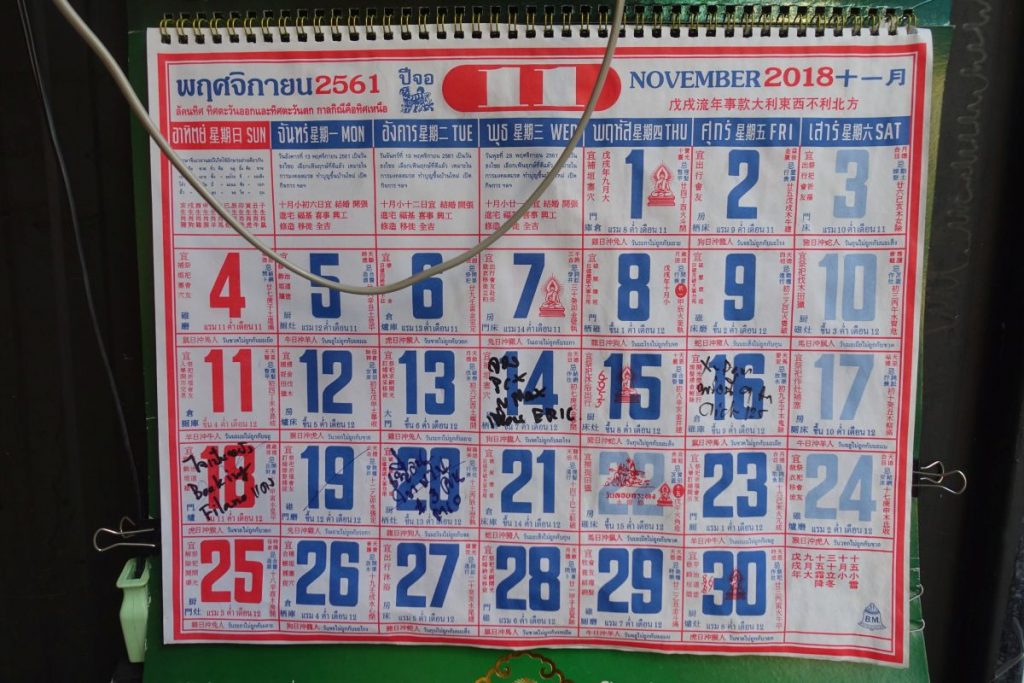
Personally, I (Wout) expected the traffic to be worse. Sure, there are many scooters around, weaving between traffic, but we rented a car a couple of times and if you just pay close attention to them, it’s very doable. They also drive on the left, so make sure that the car you rent is an Automatic! The Thai do not care much for safety though, many people on motorbikes on the highway without a helmet, or they drive without lights. Apparently, Vietnam should be crazier! 🙂 We’ll see! I’d like to rent a scooter once but Alena is not so fond of the idea.
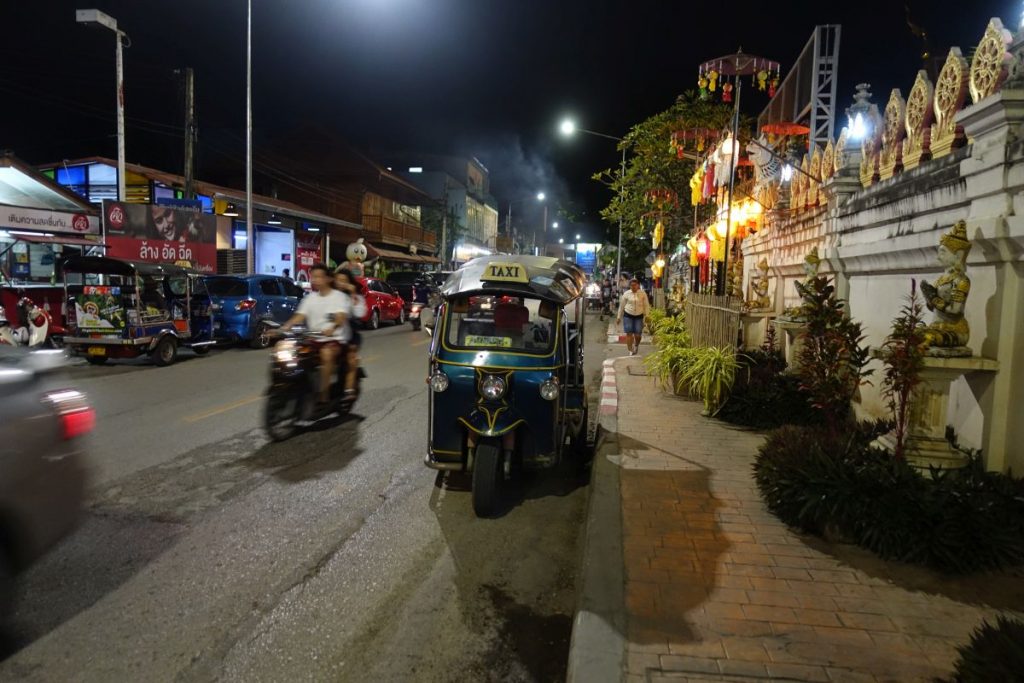
Public transport is ubiquitous, but not in the way we’re used to in Europe. Tourists rent tuk-tuks (three-wheeled death machines), but the locals seem to take “songthaews” a bit more, basically a pickup truck with two benches in the back. No seat belts of course. Grab (some kind of Uber) is used a lot here and it’s very comfortable if you have mobile internet. Same story as in Europe though, the licensed taxi drivers hate Grab, and it’s apparently not so legal. Train and bus are available but it’s often confusing how to get the tickets that you need. Rome2Rio is an app that we use to check connections between different cities and so far it seems to be quite correct.
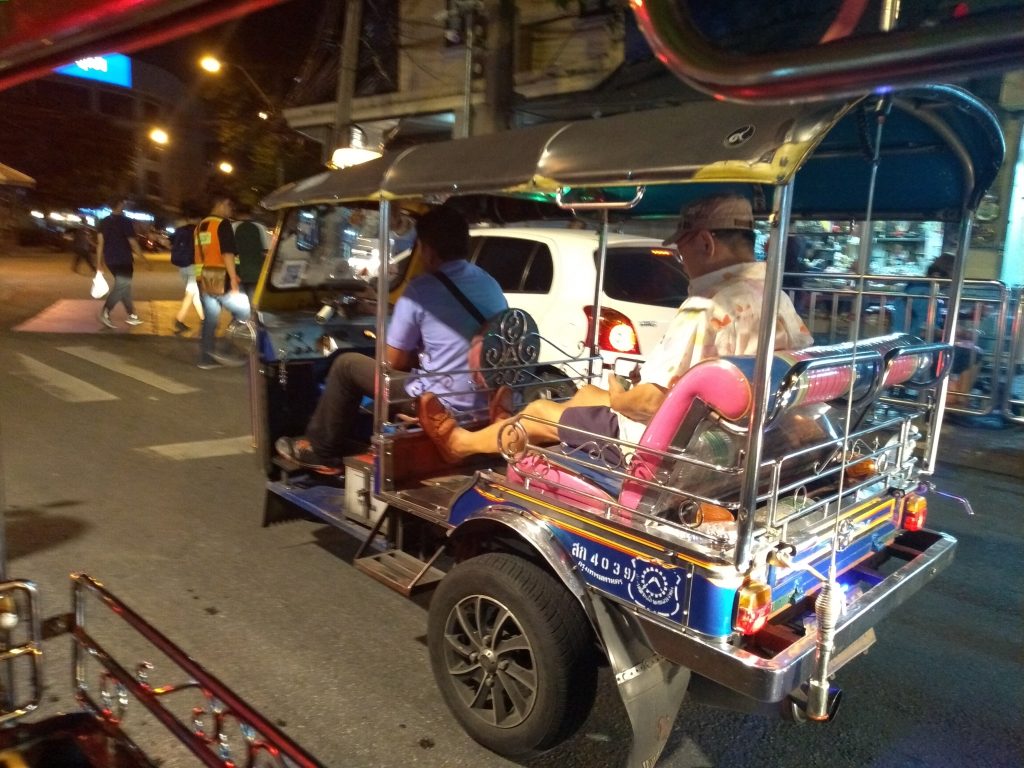
Street food is very popular and cheap, but it mostly seems to consist of satays and sausages, so we didn’t try it much, since we don’t eat meat. Every morning you see hundreds of food stalls opening on the streets. Some vendors convert a motorcycle with sidecar into some kind of rolling supermarket, cool!
Fruit! Fruit everywhere. Alena is going crazy about coconuts, but you can also get mangos, pineapple, watermelon and bananas everywhere in all kinds of smoothies and shakes. Durian is also sold here, which is a very smelly fruit with a particular taste. In many places it’s forbidden to eat it because it stinks so much.
Most of the daily business here is done in cash, but it can be hard to withdraw from an ATM. Every bank in Thailand charges a fixed fee now of about 220 baht (about 5 euro), next time we will bring cash with us and exchange it. You can pay with Visa, but often only starting from 300 baht.
There are portraits of the king everywhere. We didn’t meet him yet.

I never had a Thai massage before, and Alena only had one in Paris. We got one in a place that employs blind people, which is a cool concept. It was a bit more expensive than most places, but still very cheap (about 10 Euro for an hour). Thai massage is a special form of torture, and it didn’t take long before we started laughing because we weren’t expecting such an attack on our senses. But we survived!
The Thai seem to be quite religious and superstitious. There are thousands of different temples and shrines strewn about the cities. Often a construction yard will have its own elaborate shrine for good luck (which they need because often you see guys working on the roof without a safety harness or helmet, using self-made bamboo ladders). Monks are everywhere as well and they have a special status. You should be properly dressed to enter a temple, cover your shoulders, wear long pants and take off your shoes.
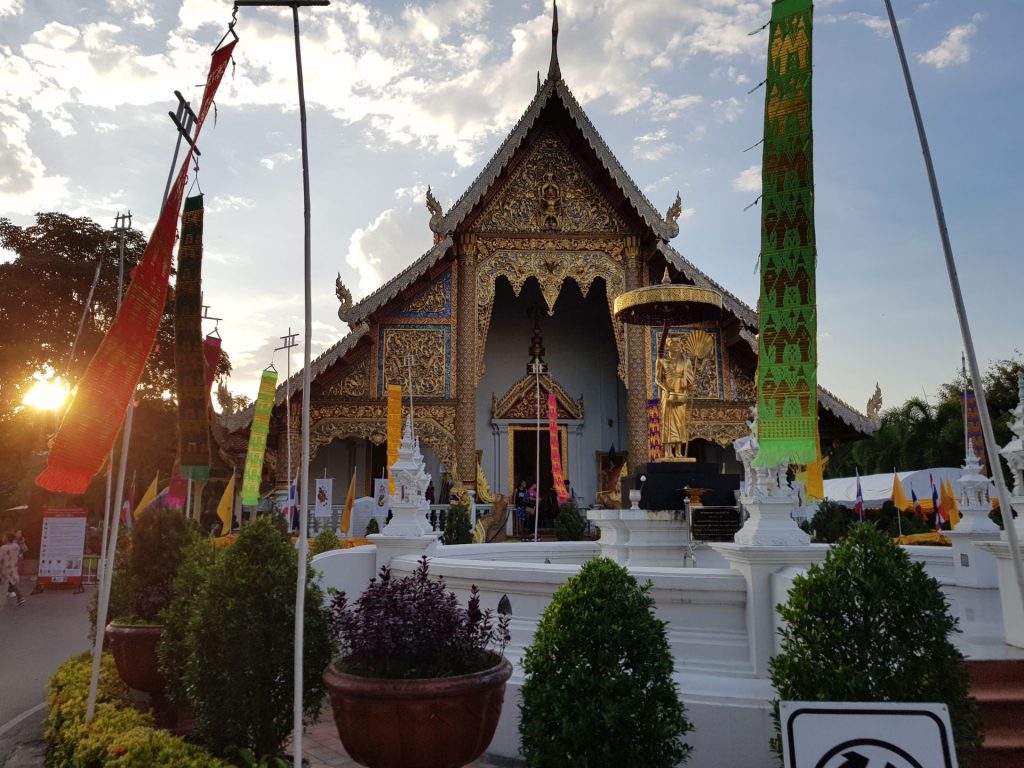
Elephants are a major symbol of Thailand, but their population has declined significantly in last decades, with tourism being one of the main reasons. Ivory export is illegal, but it’s still happening, and many elephants are kept in captivity for offering rides to tourists, being trained in horrible ways.
Tour guides seem to be divided somewhat 50-50 between offering “Elephant rides” and “Elephant sanctuaries” (hug the elephants, feed them, etc.). I don’t think a lot of them are legit. But do your own research, there’s probably a sanctuary out there that does a good job. Update: we found an article by The Guardian that lists ethical sanctuaries. In these places you don’t touch or interact with the elephants much, you just observe them in relative freedom. These places seem to be a bit more expensive, but the money is used for the upkeep of the sanctuary.
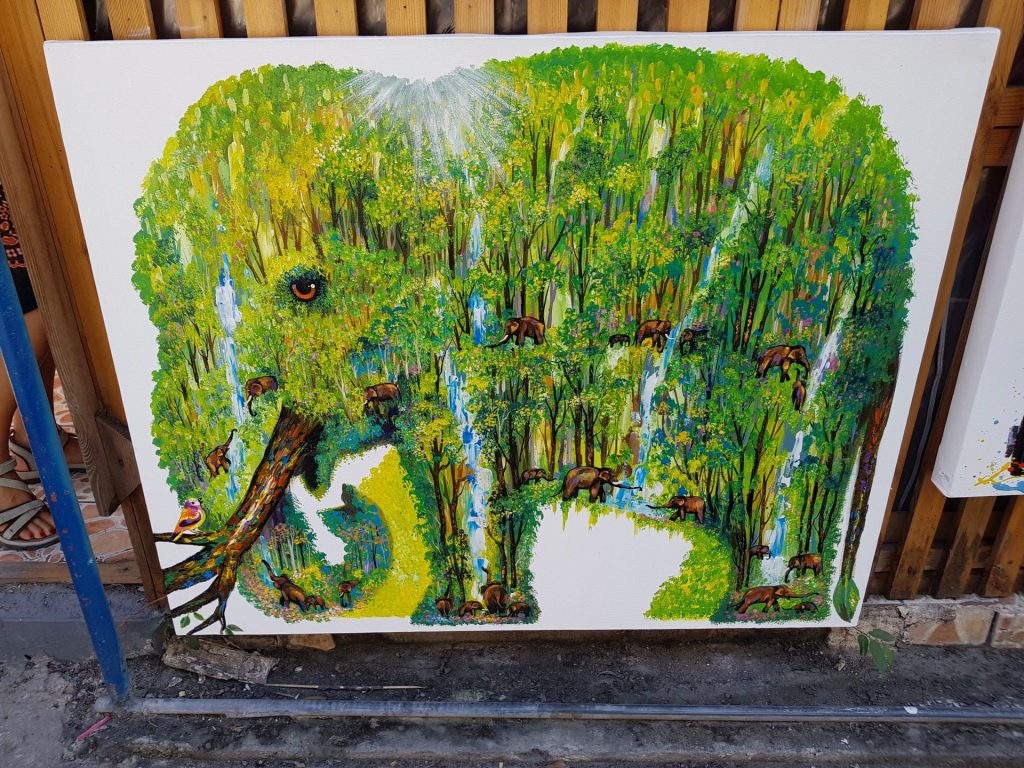
Plastic is still in fashion here, with everyone gladly doling out plastic bags, straws, and drinking cups. On top of that, the waste management seems to be a bit haphazard, with little to no recycling options. Even at a restaurant you will often get a fruit shake in a plastic cup instead of a glass. The government should take a stronger stance on this.
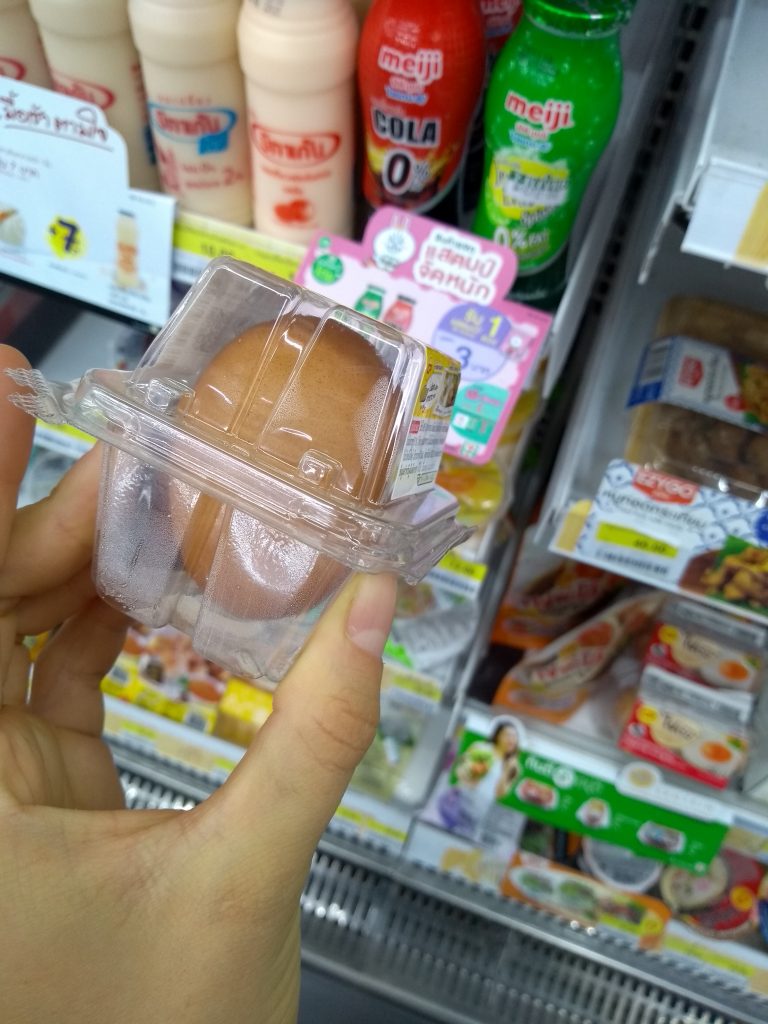
Alright, that’s it for this time. We’ll leave you with a piece of wisdom found at one of the temples:
